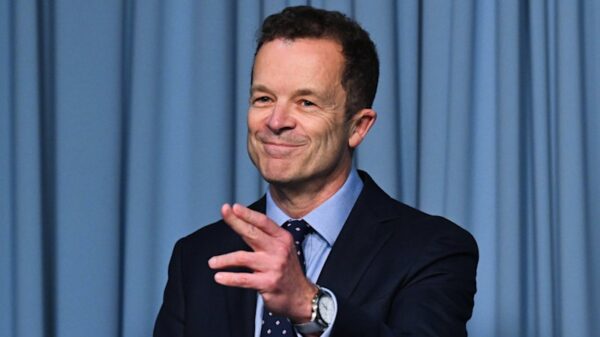More than 19 percent of children worldwide live in extreme poverty, surviving on less than $3 a day, according to a recent report from UNICEF. The findings highlight a troubling reality: nearly 90 percent of these children are located in Sub-Saharan Africa and South Asia. Alarmingly, even in high-income countries, around 23 percent of children live with significantly lower incomes compared to their peers.
UNICEF’s Executive Director, Catherine Russell, emphasized the need for change, stating, “It doesn’t have to be this way. When governments commit to ending child poverty by implementing effective policies, they can unlock a world of possibilities for children.” The report draws on data from over 130 low and middle-income countries, assessing deprivation across six critical areas: education, health, nutrition, housing, sanitation, and water.
The consequences of poverty are profound. It undermines children’s health, development, and learning, ultimately leading to weaker job prospects, shorter lifespans, and increased rates of depression and anxiety. The report indicates that approximately 118 million children are deprived in three or more of the studied areas. These findings emerge as many governments are scaling back foreign aid, which UNICEF warns could result in an additional six million children being out of school by next year.
Child Poverty Concentrated in Vulnerable Regions
Child poverty is most pronounced in Sub-Saharan Africa and South Asia. In low-income countries, a staggering 65 percent of children lack access to basic sanitation, which increases their exposure to diseases. While deprivation rates in low and middle-income countries fell from 51 percent in 2013 to 41 percent in 2023, progress is stalling due to ongoing conflict, climate change pressures, technological divides, and funding cuts.
National policies can significantly influence outcomes. For instance, Tanzania reduced its multidimensional child poverty rate by 46 percent between 2000 and 2023, while Bangladesh achieved a 32 percent reduction, driven by government-led social protection programmes.
Strategies for Reducing Child Poverty
To effectively combat child poverty, UNICEF recommends that governments make it a national priority. This involves integrating children’s needs into economic policies and budgets. Additionally, providing social protection programmes, including cash support for families, is essential.
Access to vital services such as education, healthcare, water, sanitation, nutrition, and housing must be expanded. Promoting decent work opportunities for parents and caregivers is also crucial to enhancing household stability.
This year’s World Children’s Day theme, “My Day, My Rights,” aims to bring attention to children’s voices and lived experiences, reinforcing the urgent need for action to address the challenges faced by millions of vulnerable children across the globe.



























































